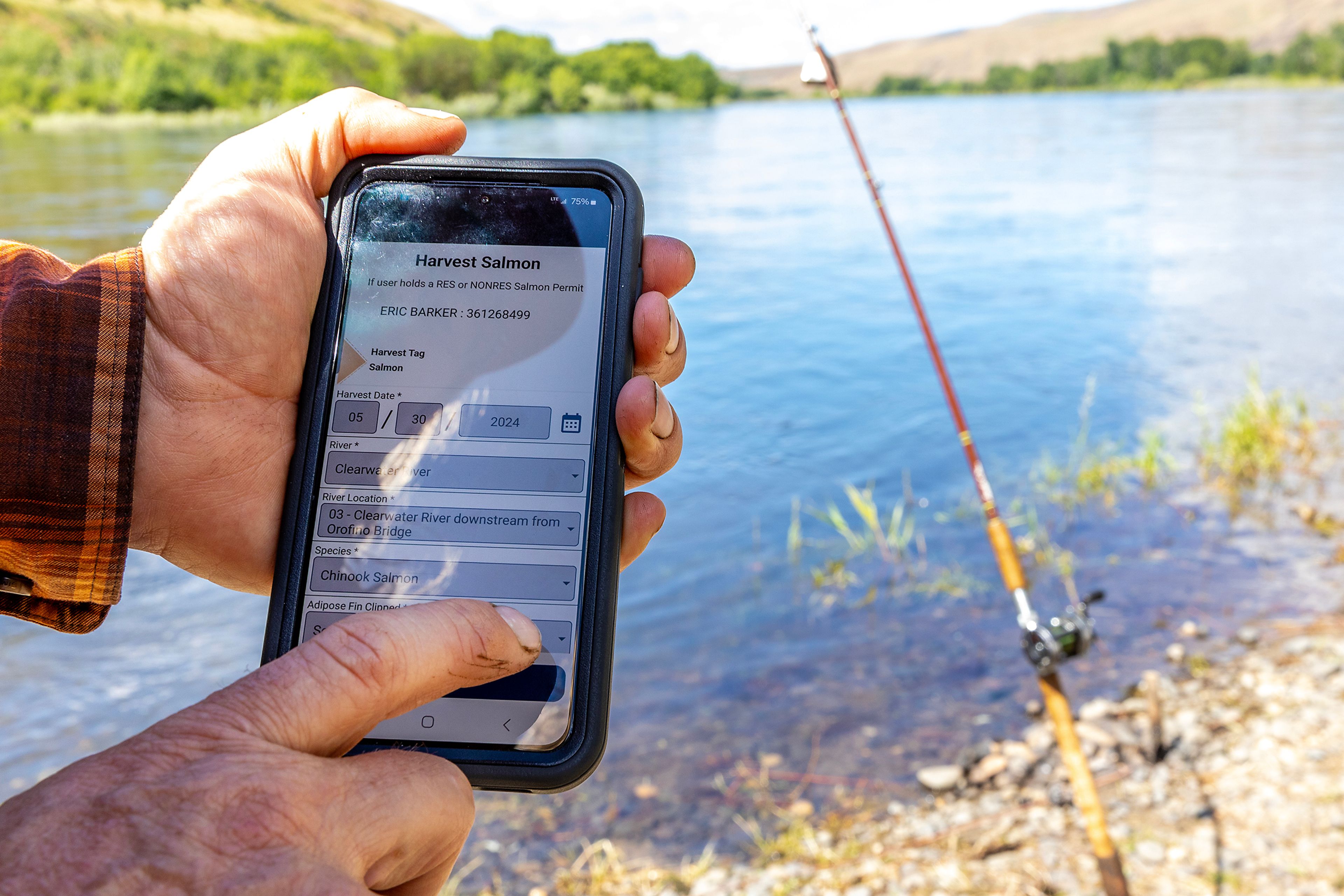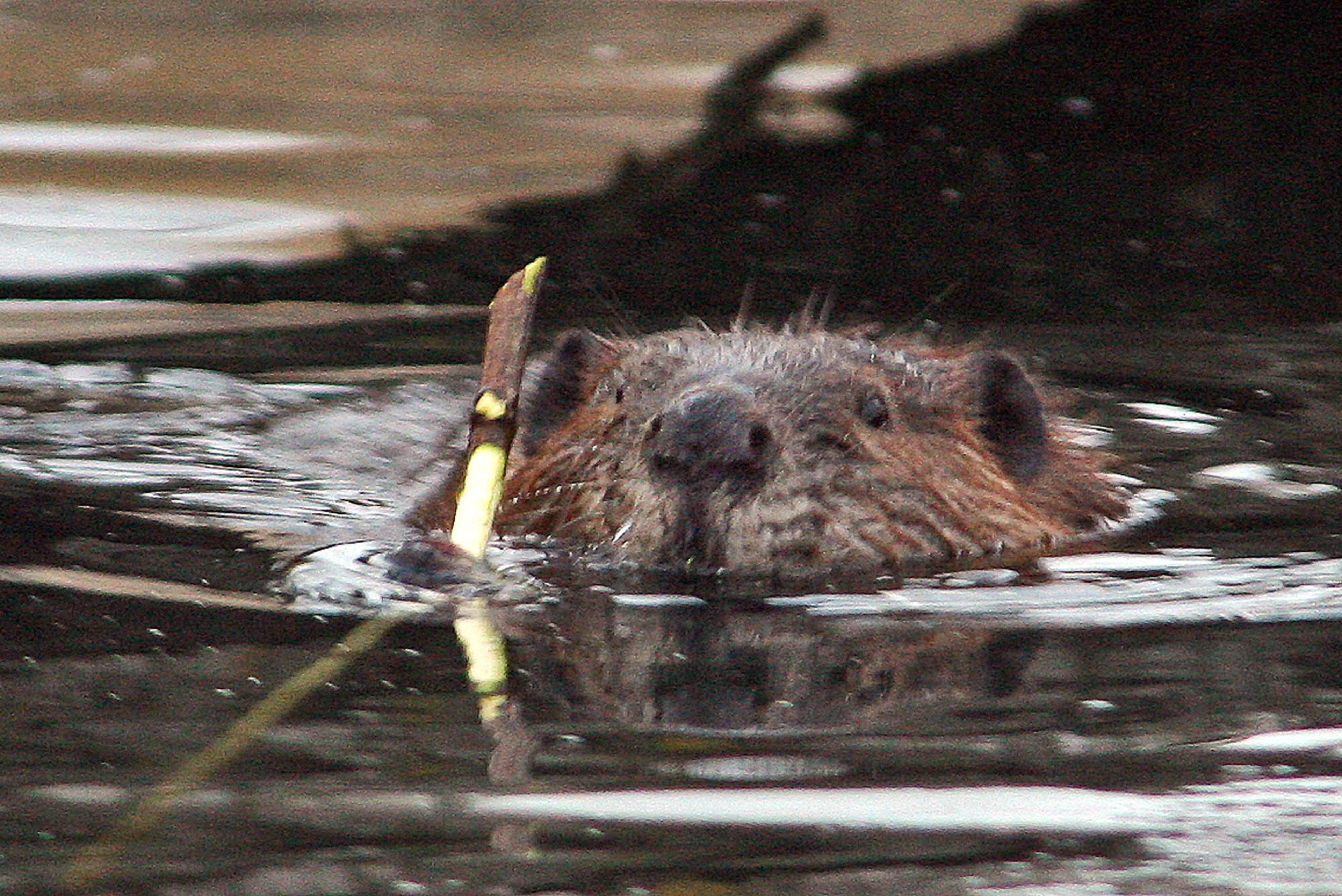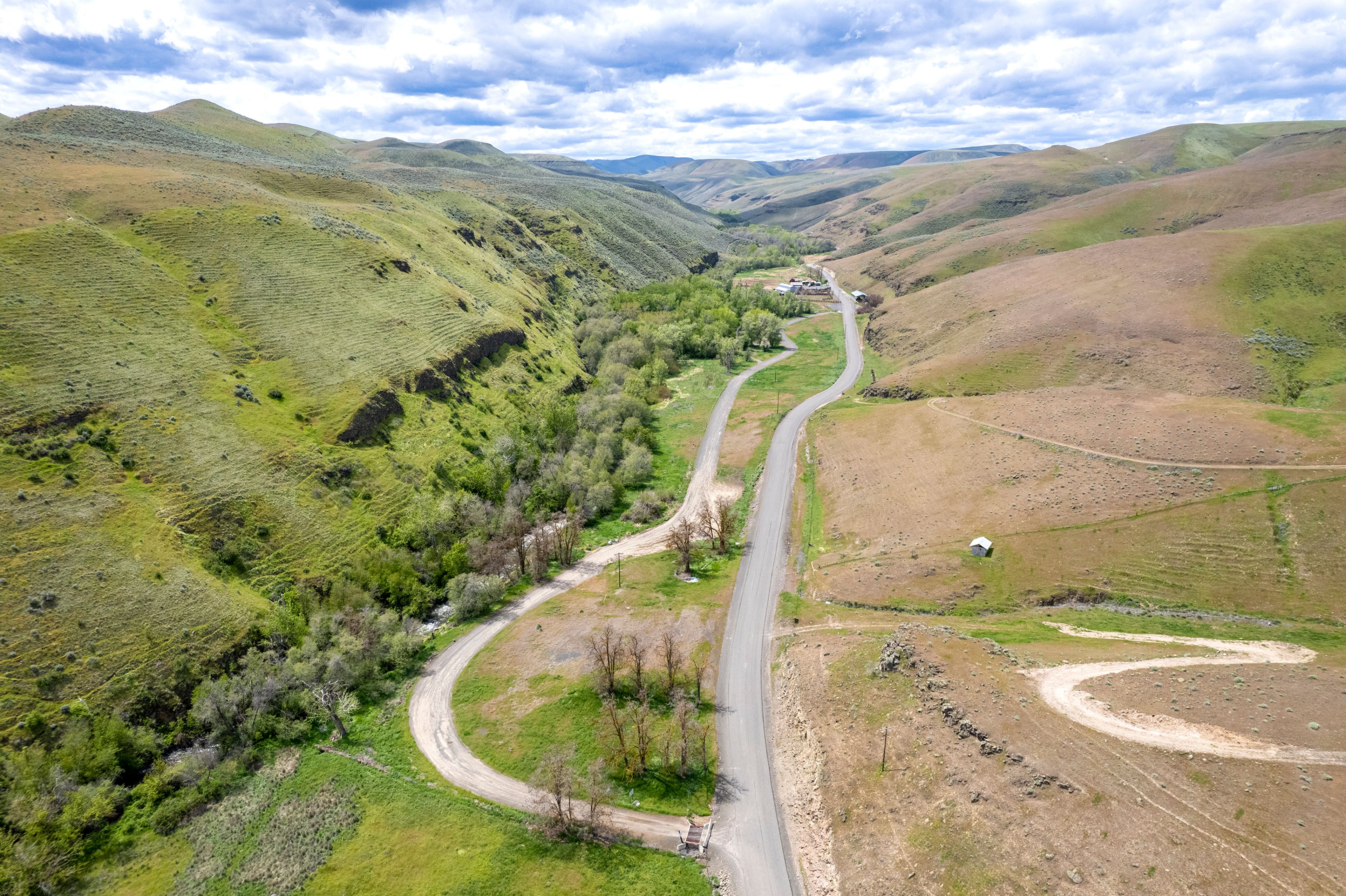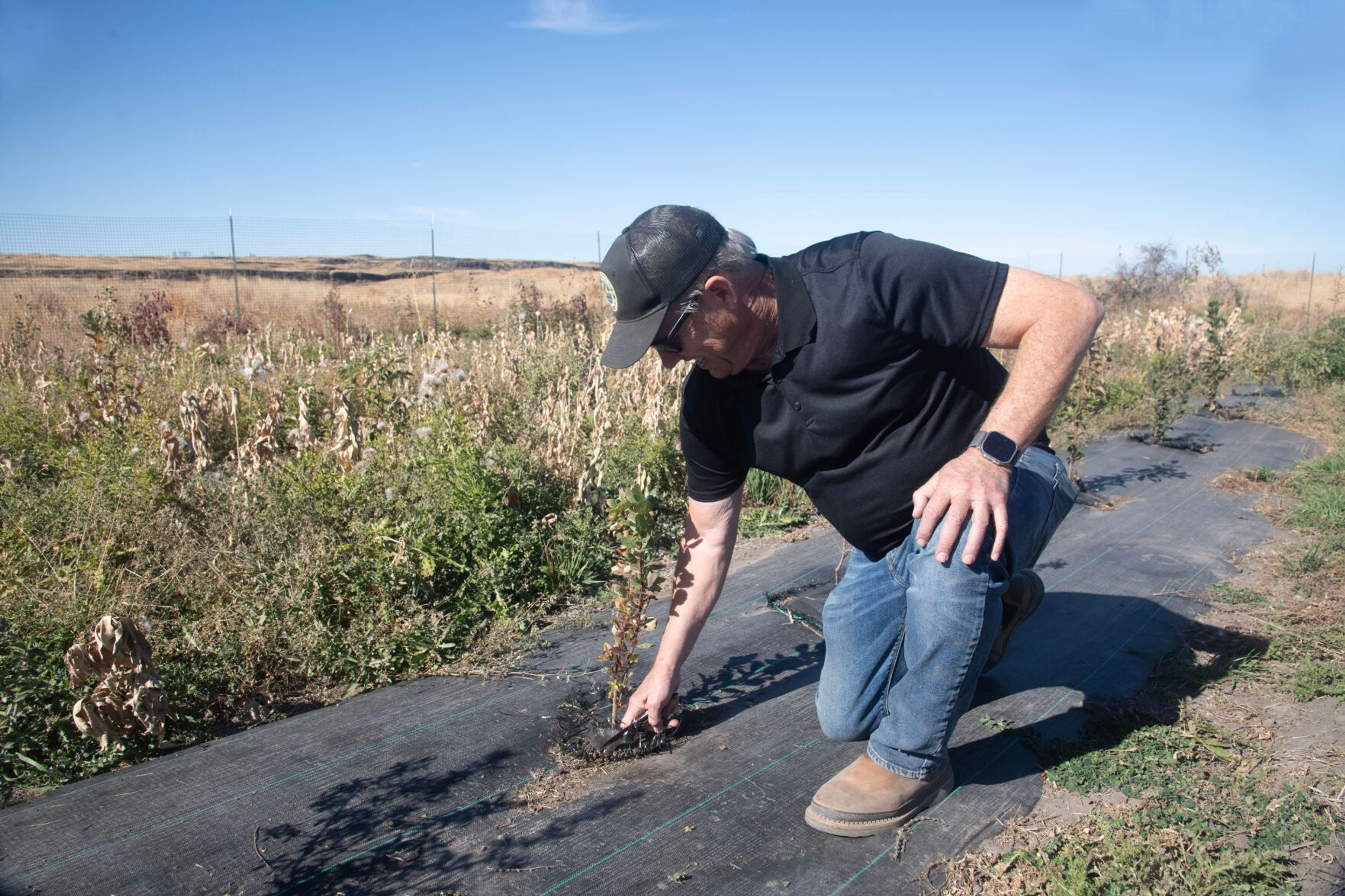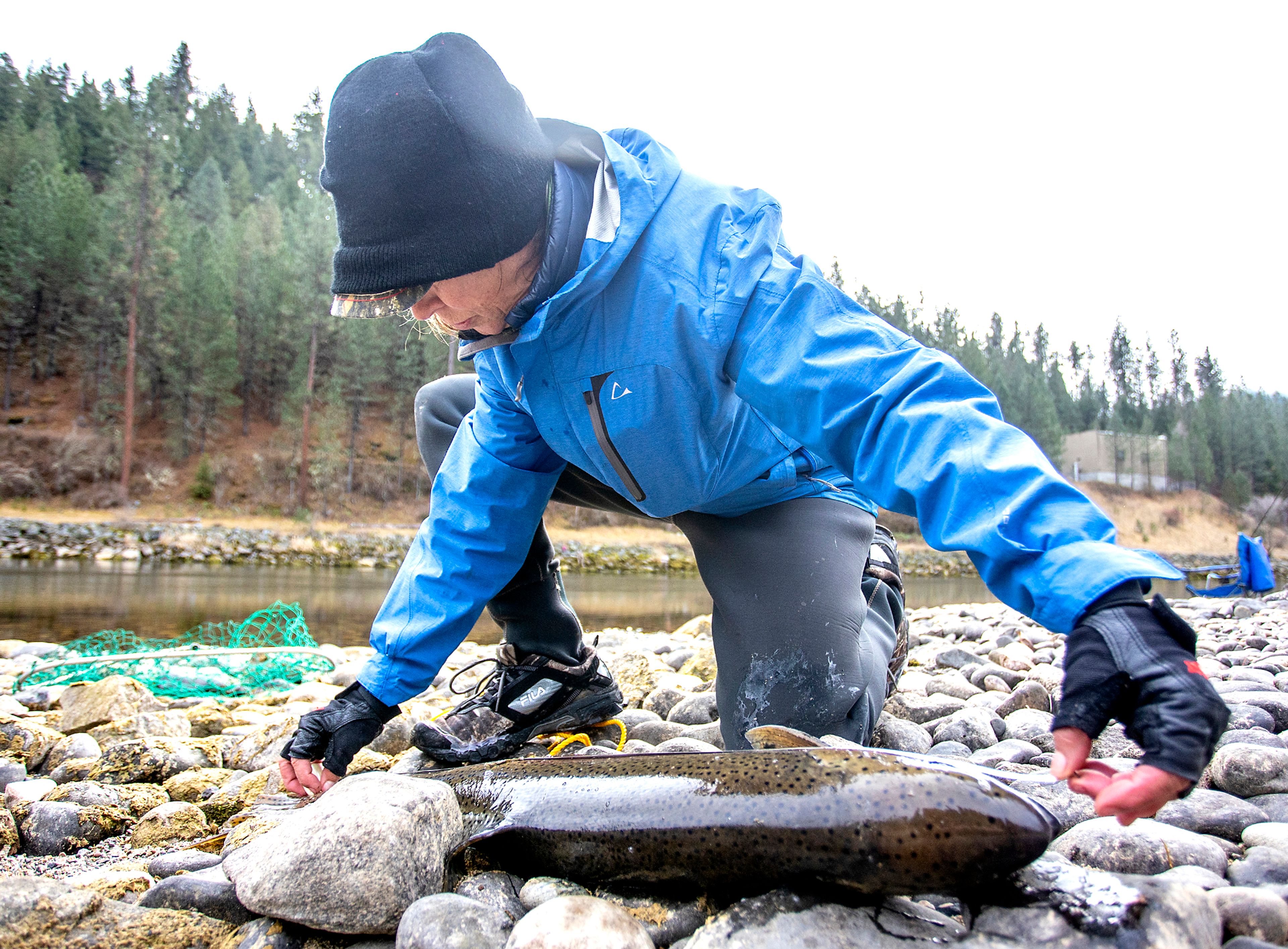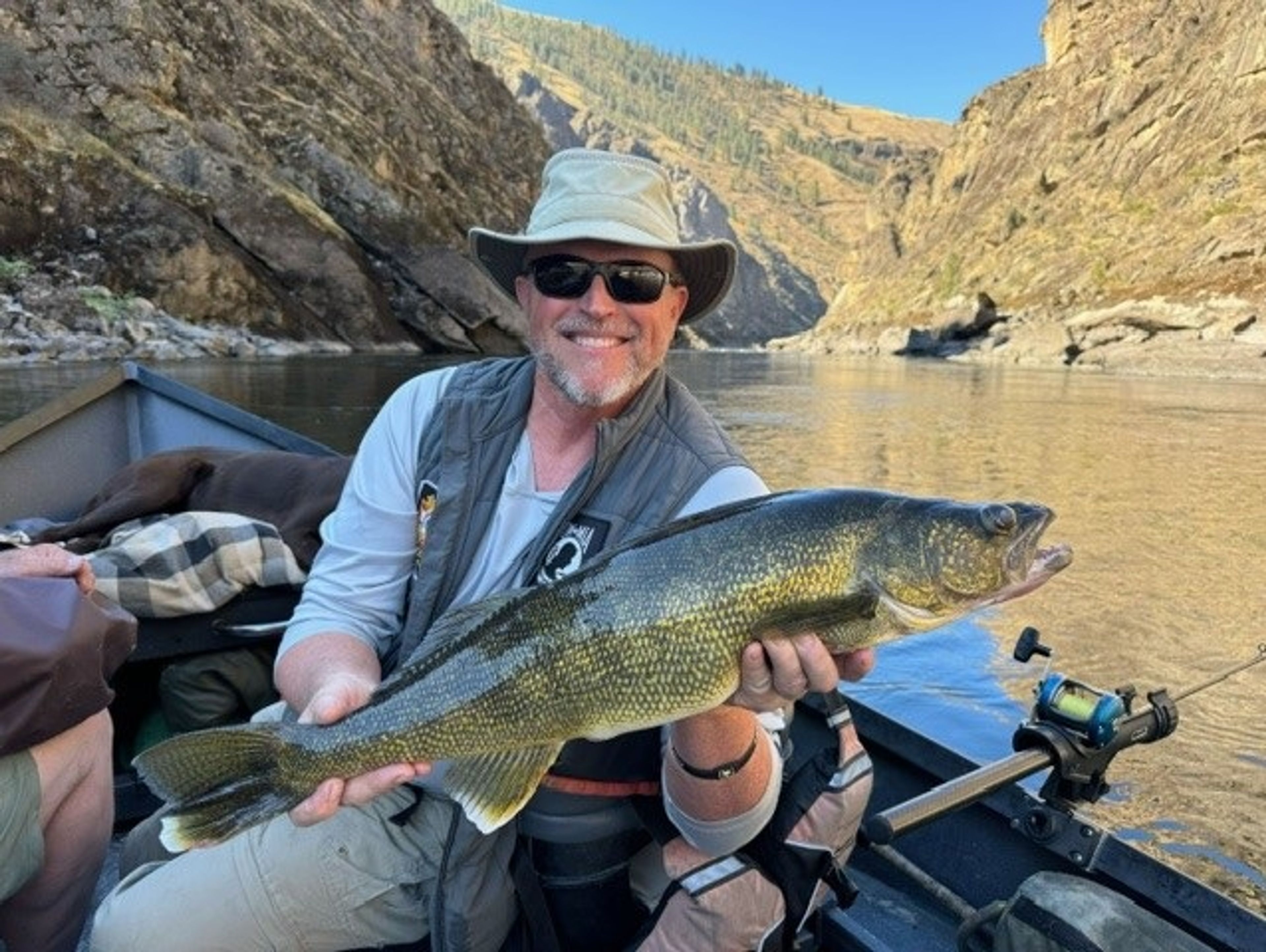COMMENTARY: E-tags — easy, efficient and pragmatic
New system allows Idaho anglers to record salmon and steelhead harvest on their phones
Idaho salmon and steelhead anglers have a new choice this year — recording the harvest of salmon and steelhead electronically.
I gave it a go and it’s pretty slick. No more digging through my wallet to pull out my salmon permit and no worries about an upriver gust of wind blowing it into the water. Gone are the days of rummaging through my tackle box or truck for a pair of scissors to notch the tag and then struggling to get a ballpoint pen to write the river section on the plastic-coated paper.
Now I just open the Go Outdoors Idaho app on my phone, select salmon/steelhead e-tagging and in a few clicks, the catch data is recorded. The app knows the date and records the time. I enter the river, river section, species and whether the fish has a clipped adipose fin by tapping on the screen. An e-tag history feature lets me look back at my catches and pull data from it — like what time I caught that fish.
The data is also available to fisheries managers at the Idaho Department of Fish and Game, often in near real time, and that’s really the point of e-tagging. The agency is gleaning cool information from the small percentage of us using the new method. But fisheries managers aren’t yet using it to calculate an official harvest estimate. But that day is coming.
“It’s definitely the wave of the future,” said Joe DuPont, regional fisheries manager for the Idaho Department of Fish and Game.
This year is sort of a trial run. One key thing the department needs to learn is the reporting rate of e-tagging. For example, if you are fishing somewhere with a good cellphone service, the data is uploaded as soon as you submit the report and the department has access to it. But say you are fishing on the South Fork of the Salmon River and have no service. The app still records your catch to your phone but it doesn’t upload right away. That happens only when the app is both open and the phone has a good cell signal or Wi-Fi connection.
DuPont said by the end of the trial run this year, the agency will have a good idea of what percentage of e-tags catches are recorded the same day and what percent might take days, weeks or longer to upload. When it knows the reporting rate, the department will be able to use e-tag data to calculate harvest estimates on a daily basis.
There are several advantages to that for fisheries managers and anglers alike. This year is a good example. Most of the spring chinook salmon seasons in the state have a one-fish daily bag limit. That means a lot of anglers head home as soon as they catch a fish and are missed by the department’s creel survey crews.
“We are missing some people in those situations,” DuPont said. “We have seen that this year and it’s nice to verify that.”
In some cases, the department has reacted to the problem of one-fish bag limits by closing some river reaches so anglers are concentrated and can be more easily surveyed.
“We won’t need to do that in the future.”
DuPont said some anglers have asked him if the length of spring chinook seasons could be extended if the department reduced the season bag limit. Right now, the state generally goes with a 20-fish season limit for chinook when seasons are open seven days per week and a 10-fish seasonal limit when fishing is restricted to four days per week.
“Now, with e-tagging, we will be able to look and see what that would do and the degree to which it might affect season lengths.”
The agency will eventually use e-tag data to estimate harvest. DuPont said statisticians believe it will be more accurate. But he said there will still be creel surveys. Those are critical to calculating things like hours per fish caught.
“We will still do those, we just won’t have to do them at the same level,” he said.
Nor does the agency intend to require 100% adoption of e-tagging. DuPont said there will always be people who don’t have or don’t always carry cellphones and some folks just prefer paper.
During this spring chinook season, creel surveyors are asking anglers if they are using traditional permits or have adopted e-tagging. The e-tag rate has ranged from 2% to about 12%.
It’s likely to go up in future years. This year, the option wasn’t available until April 1 when many people had already purchased their licenses and tags.
Oregon has been using e-tags for about five years and roughly half of anglers use the system.
Barker is the outdoors and environmental editor of the Lewiston Tribune. He may be contacted at ebarker@lmtribune.com.
